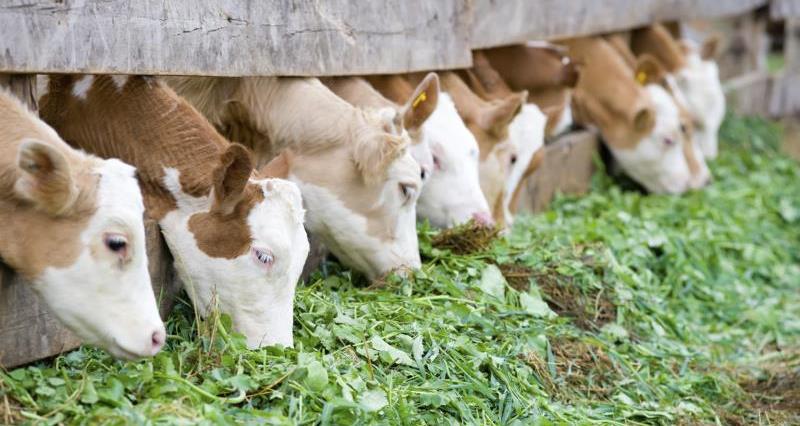NFU chief livestock adviser John Royle said: “This first report of four provides some clarity to livestock farmers on the distribution of cattle across the grid.
“Confirmation and fat class appear to have changed little from February 2015 to February 2016 with just a small movement towards more R grades from O grades. This shows that despite processors changing grids in an attempt to reward commercial cattle, producers simply cannot adjust their rearing and finishing systems to take advantage of these revised grids with the notice period provided.
“We are all well aware that it takes time for producers to adapt and change. This begs the question: just how much cheaper are the processors securing cattle that now fall outside retail specification? And, in particular, those cattle over the new weight limits of 400 kilos? The report confirms that the number of carcases between 380kg and 400kg increased from 14% to 15%, the 400-420kg band rising from 11% to 13% and those over 420kg from 12% to 13%."
On the heavier cattle, Stephen Howarth, market specialist manager for AHDB Market Intelligence said: “These carcases currently attract some of the highest average prices, on a pence per kilogram basis, as many processors pay bonuses for them. However, there is a risk that new penalties for being overweight will actually reduce their value.
“This could potentially have significant implications for those producers who are currently aiming to deliver animals with the highest conformation. They might need to adjust their system towards producing lower conformation, lighter animals.”
John Royle added:
“The second stage of this analysis needs to identify just how much value has been wiped off the value of the grid. We will continue to ask that payment grids are cost neutral to the sector and that money isn’t stripped away from the primary producer for the benefit of those further along the supply chain.”
AHDB’s analysis looks at the distribution of prime cattle between the different conformation and fat class categories. To ensure that any weekly variations are eliminated, the analysis is based on all animals slaughtered during three typical months. As data is collected weekly, the analysis is based on the four-week periods closest to the calendar month, as follows:
• February 2015 (covering 1-28 February)
• August 2015 (covering 2-29 August)
• February 2016 (covering 31 January – 27 February).
The analysis is based on price reporting data supplied to AHDB, which does not cover all animals slaughtered during the periods covered but amounts to over 84,000 animals in each month. Price reporting is supplied by all slaughterhouses killing over 20,000 animals per year but most small abattoirs are not covered.
AHDB Report: Analysis of Cattle Prices and Specifications - Sta
